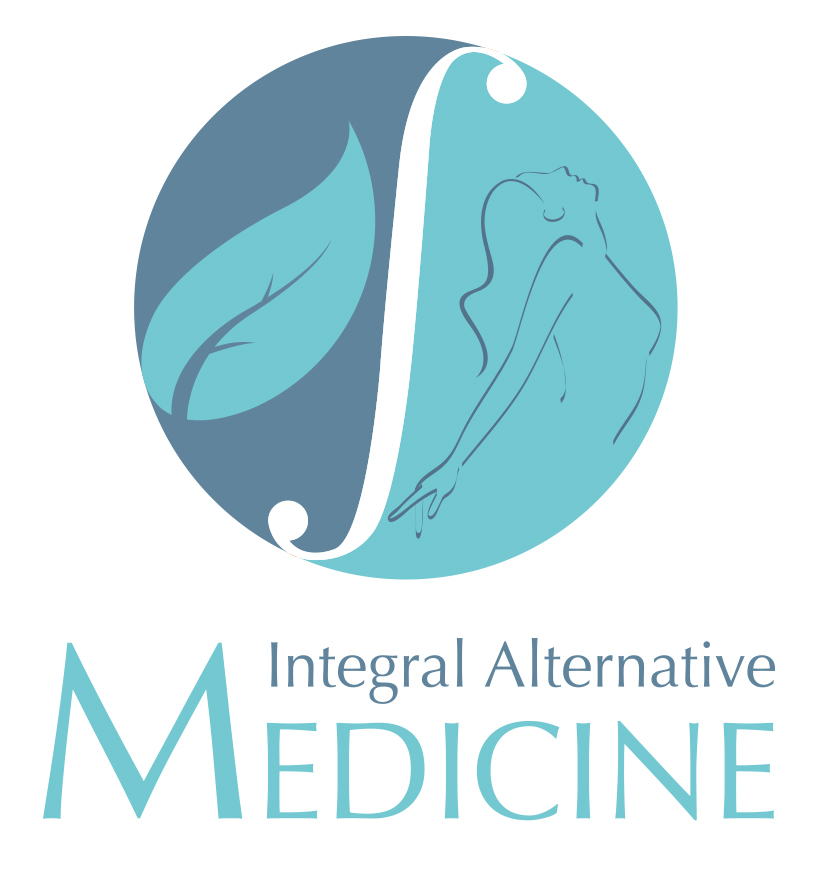
Joint pain can arise from many different sources. Overuse of the joints leads to pain, which is common in osteoarthritis. Various autoimmune conditions, such as rheumatoid arthritis and psoriatic arthritis can also lead to joint pain.
When it comes down to it, all joint pain is inflammation. When there’s any type of trauma, whether internal or external, the body urgently tries to repair itself. It sends a whole army of defender cells, clearing damaged and foreign particles out, as well as trying to repair the damaged tissue. Often in the case of chronic joint pain, the damage is either too great to be repaired by the body’s endogenous systems, or something has gone wrong and the body’s immune system is attacking itself.
Arthritis and joint diseases are incredibly widespread. Approximately 350 million people worldwide and around 43 million people in the United States suffer from some form of chronic joint inflammation. Nearly 2.1 million Americans suffer from rheumatoid arthritis (https://www.ncbi.nlm.nih.gov/
Increasing age, improper diet, smoking, obesity, stress, and lack of sleep can greatly increase the likelihood that a person will experience increased inflammation and joint pain (https://www.ncbi.nlm.nih.gov/
Chronic inflammation can last from several months to several years. It becomes part of people’s day-to-day lives. The joints keep hurting and they accept it as something that will be there for the rest of their lives. Non-steroidal anti-inflammatory drugs (NSAIDs) or Corticosteroids are often used to treat painful, inflamed joints. Both of those options, however, come with a host of side effects associated with repeated and long-term use.
Acupuncture and herbal medicine are great, safer alternatives to conventional medication. Studies have shown that acupuncture works to down-regulate inflammation in various conditions. Blood tests during studies suggest that after receiving acupuncture, inflammatory markers were reduced (https://www.ncbi.nlm.nih.gov/
If you or someone you know suffers from arthritis or any joint pain, acupuncture might be a great solution for them. We are always happy to help people get their life back!
Sources:
Disclaimer: This article contains general information about health topics but does not constitute medical advice. If you have any questions related to your condition, you should contact your doctor or healthcare provider. If you think you may be suffering from any medical condition, you should seek immediate medical attention


